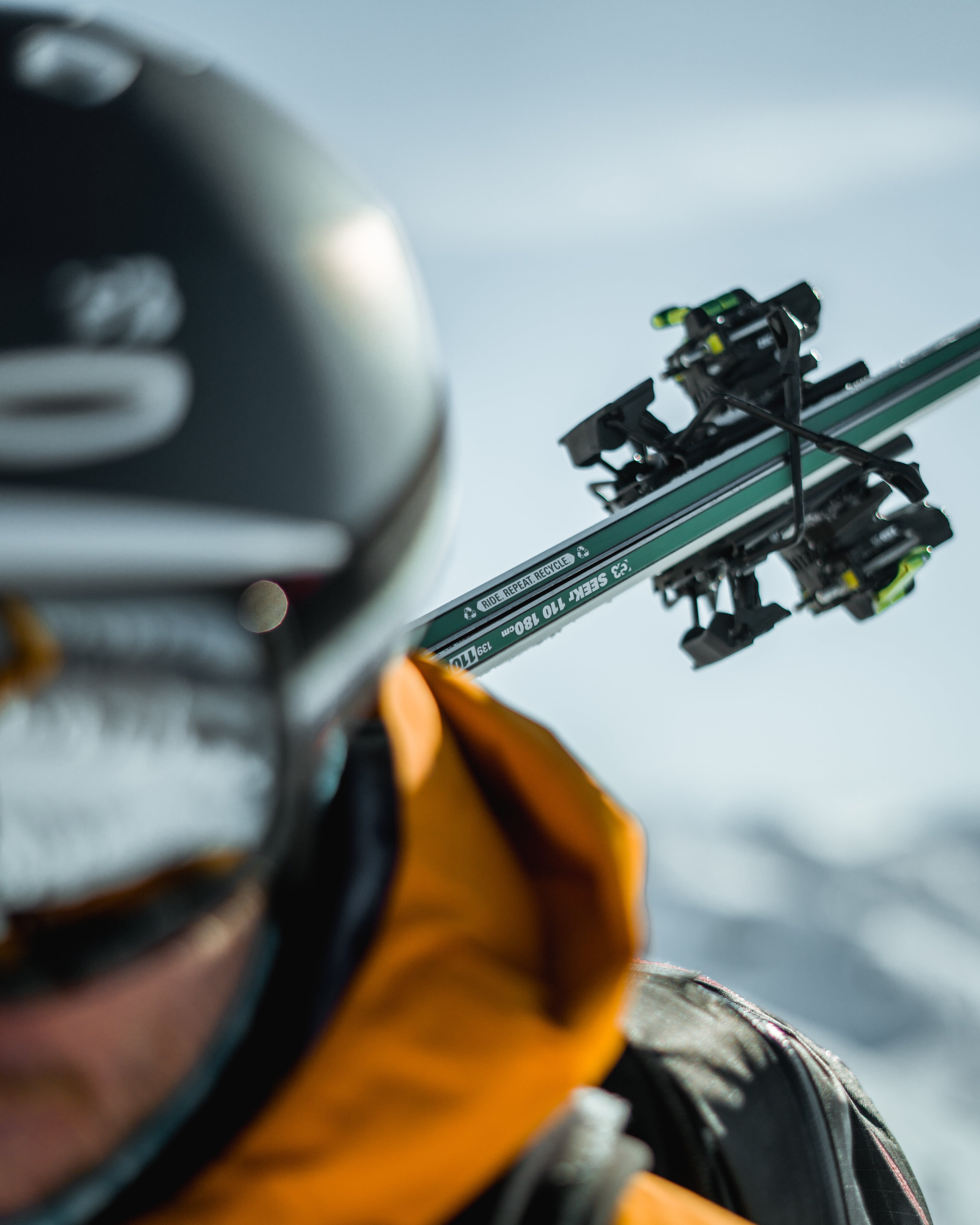 Your touring binding should do two things: keep you in and let you out. Locking the toe defeats the release mechanism and puts you at risk. So don’t be a hoser, choose a binding that reliably supports ski mode in all conditions.
Your touring binding should do two things: keep you in and let you out. Locking the toe defeats the release mechanism and puts you at risk. So don’t be a hoser, choose a binding that reliably supports ski mode in all conditions.
WORLDREAL BINDING RETENTION
Standard release tests don’t account for many of the real world causes of unwanted binding release. G3 takes binding testing further to ensure consistent step-in and retention that holds up to the very real challenges of snowpacking, boot icing, step-in techniques, high speed chatter and toe jaw pressure.

WHAT DOES LOCKING OUT DO?
Locking the toe is a tour function that eliminates unwanted release while skinning uphill. Many backcountry skiers have adopted the practice of locking out while skiing as a hacked solution for retention inconsistency. Locking the toe while skiing defeats the release mechanism and puts you at risk.

ELASTICITY KEEPS YOU IN
For most tech bindings, energetic skiing in chattery conditions means unwanted pre-release - this is how the bad habit of skiing with locked out toe pieces was born. As the toe jaws on these bindings partially spread, the force required to release the binding drops drastically, causing unwanted release. G3’s unique toe jaw dynamics flip that trend, absorbing roughly 50% more energy than other tech bindings before releasing. Meaning you can use it for what it was designed for—you skiing confidently in ski mode without the fear of prerelease.






